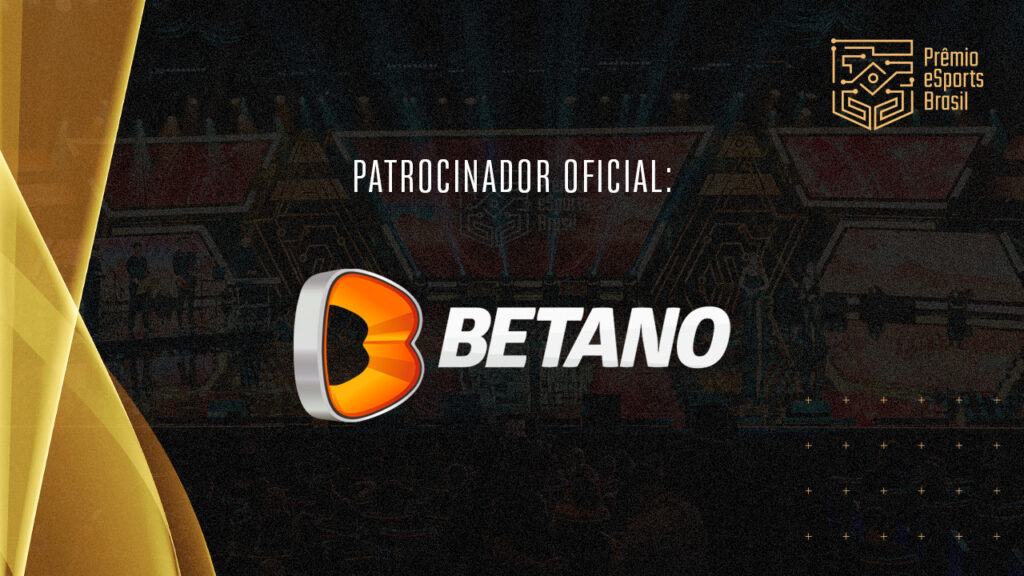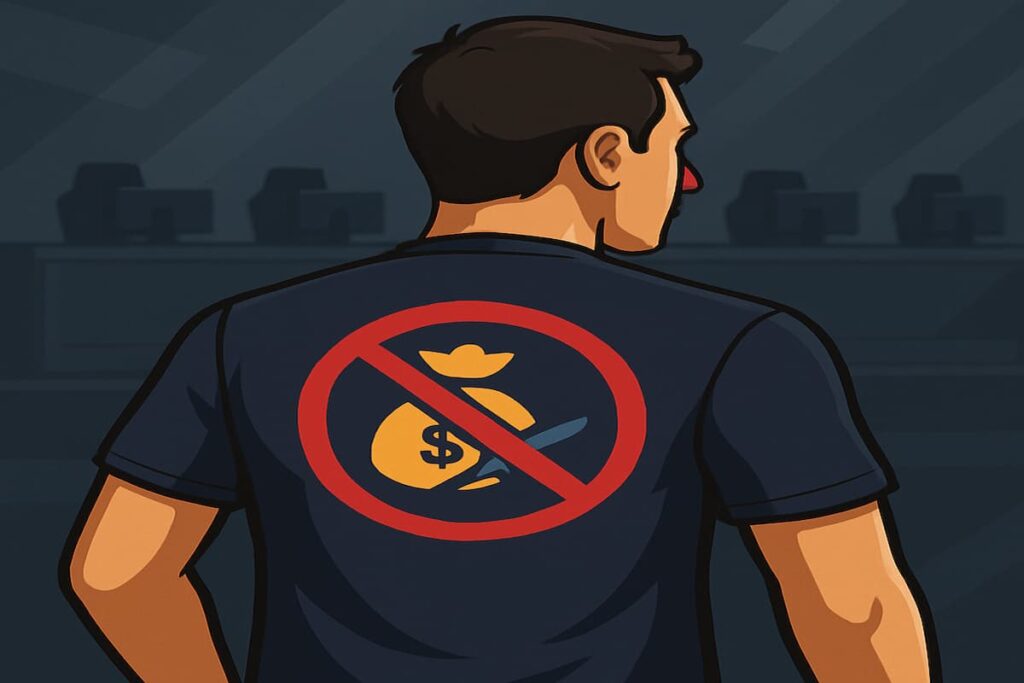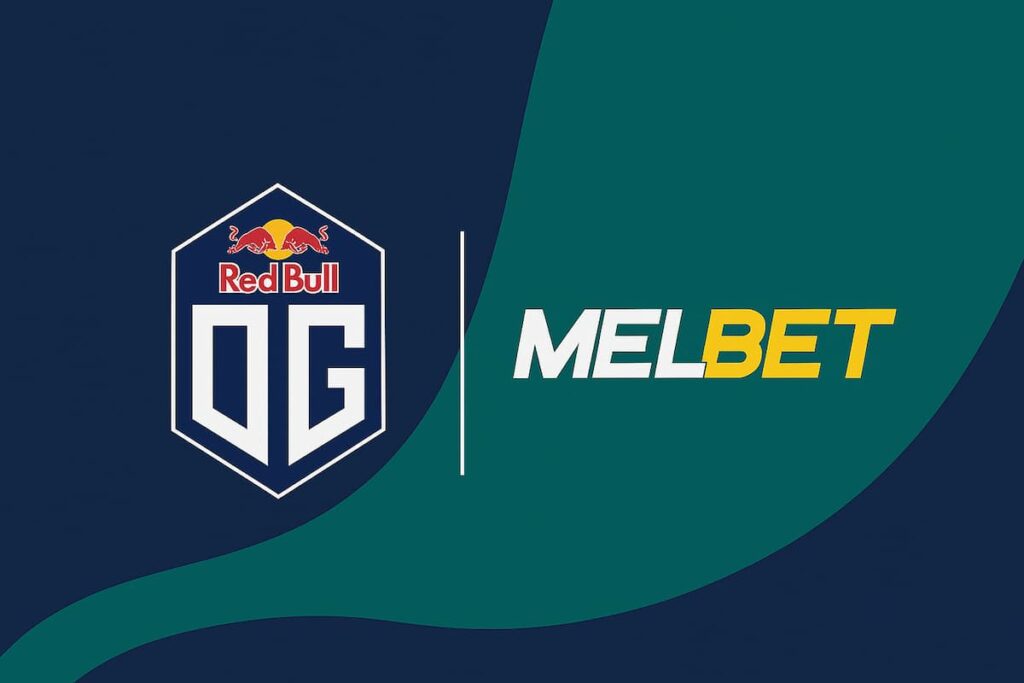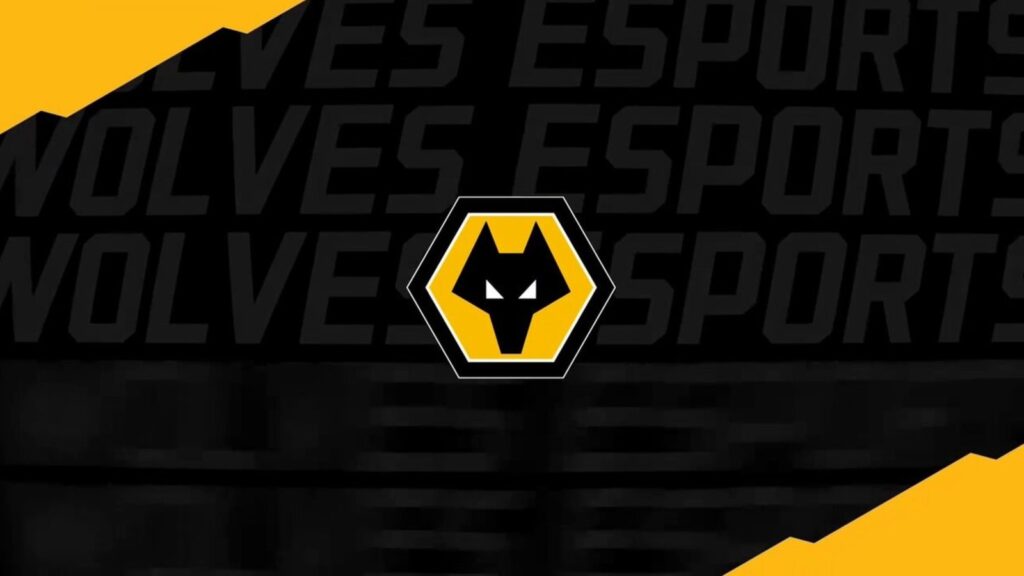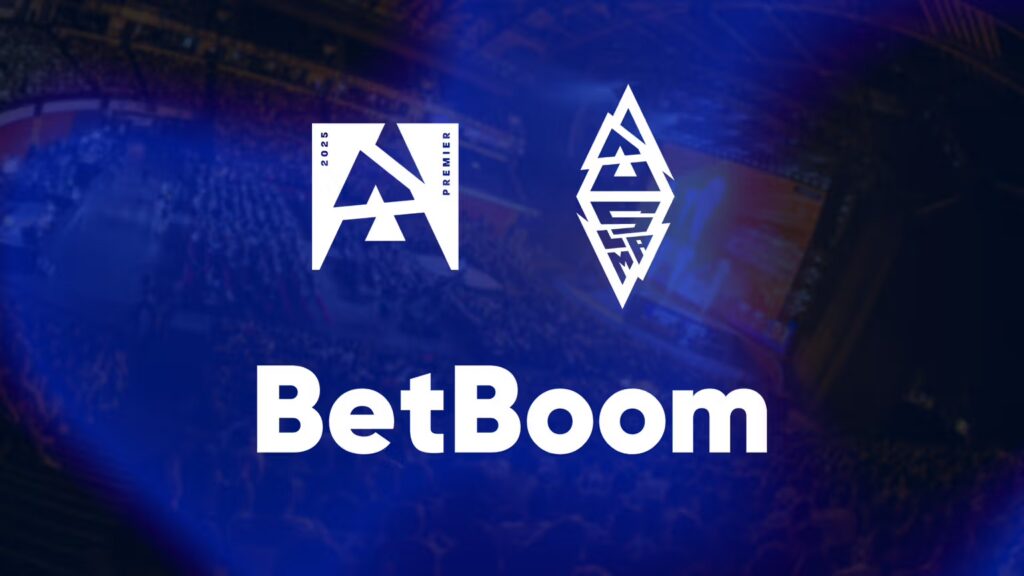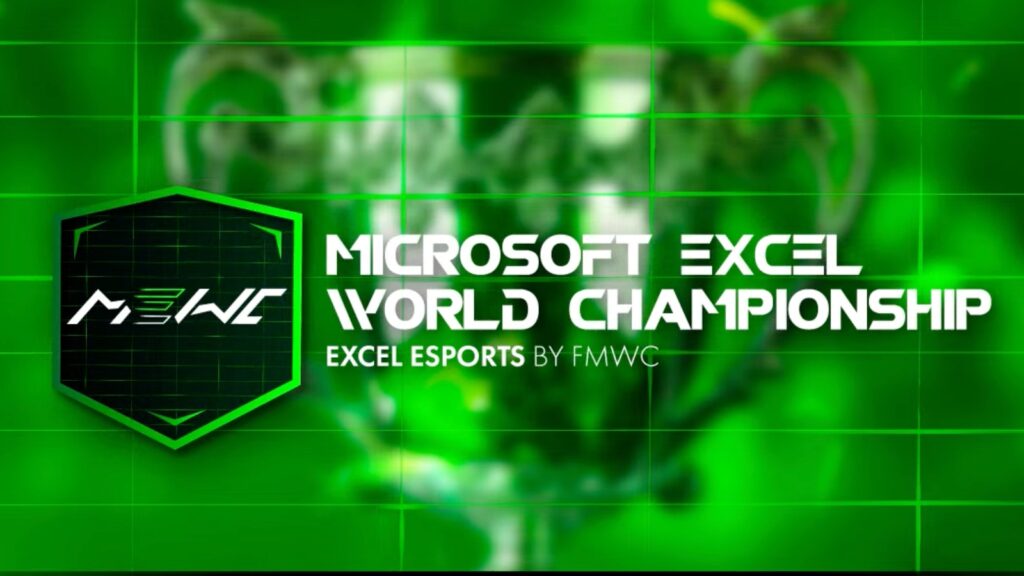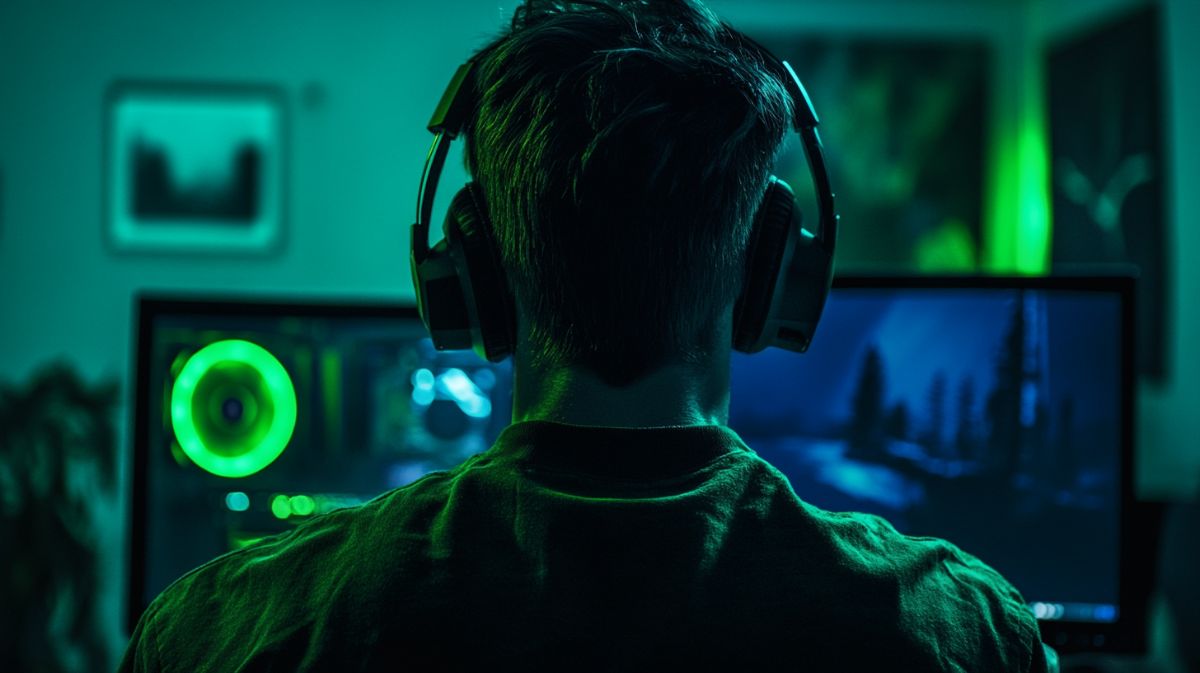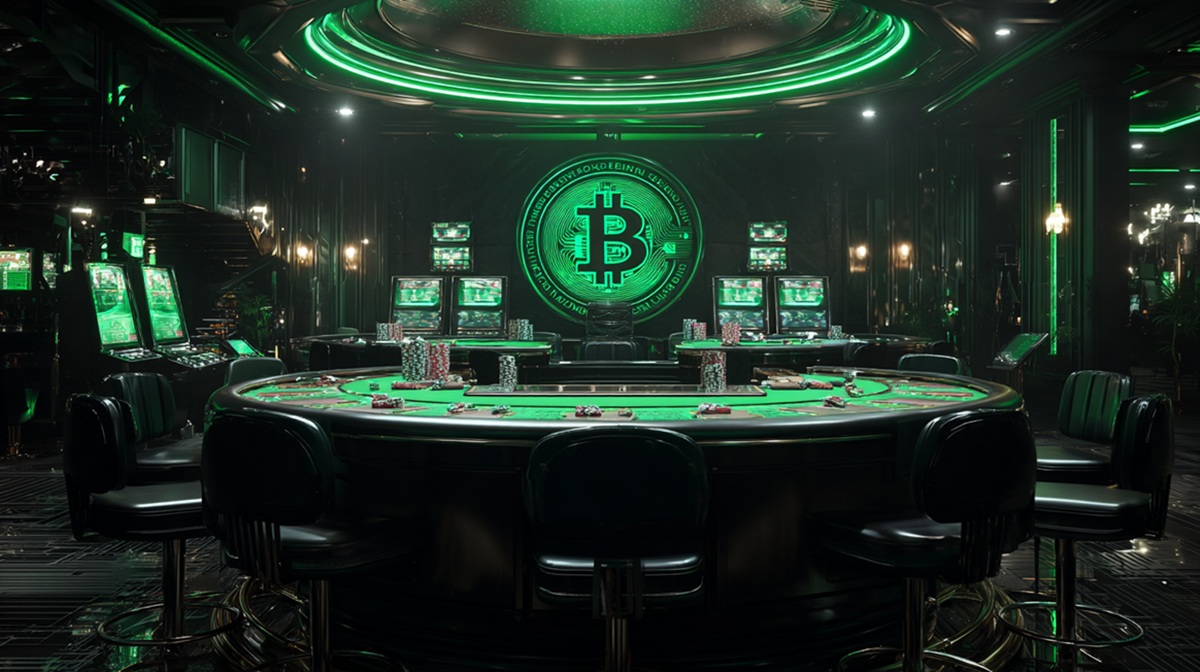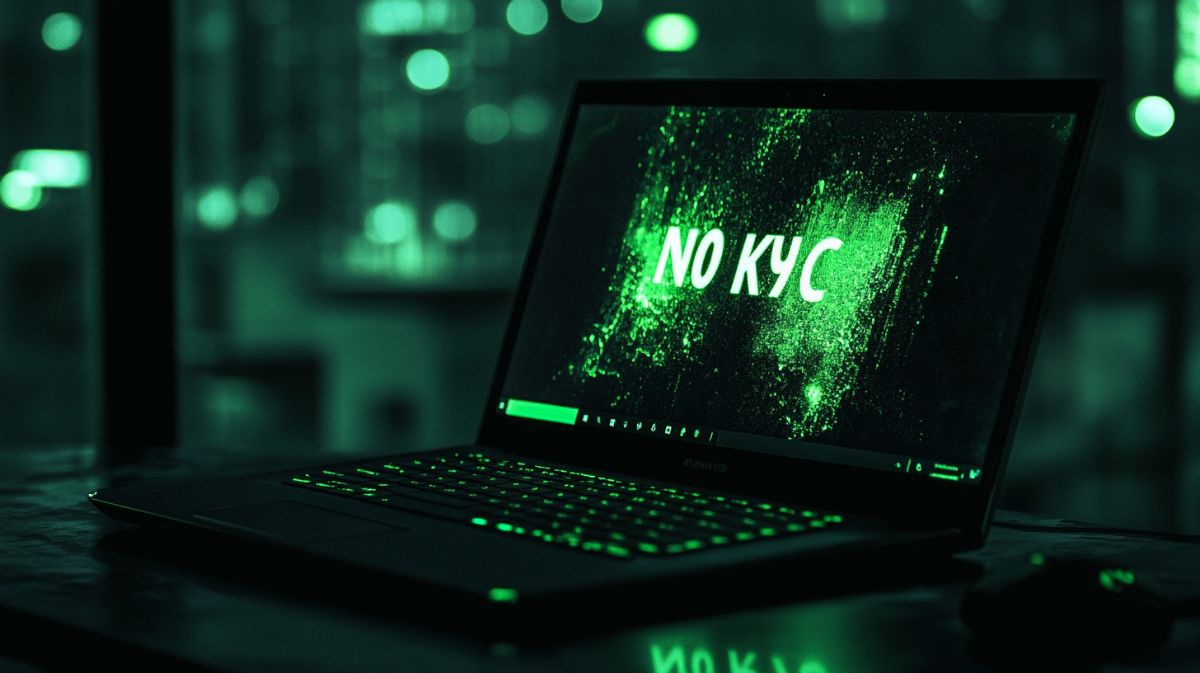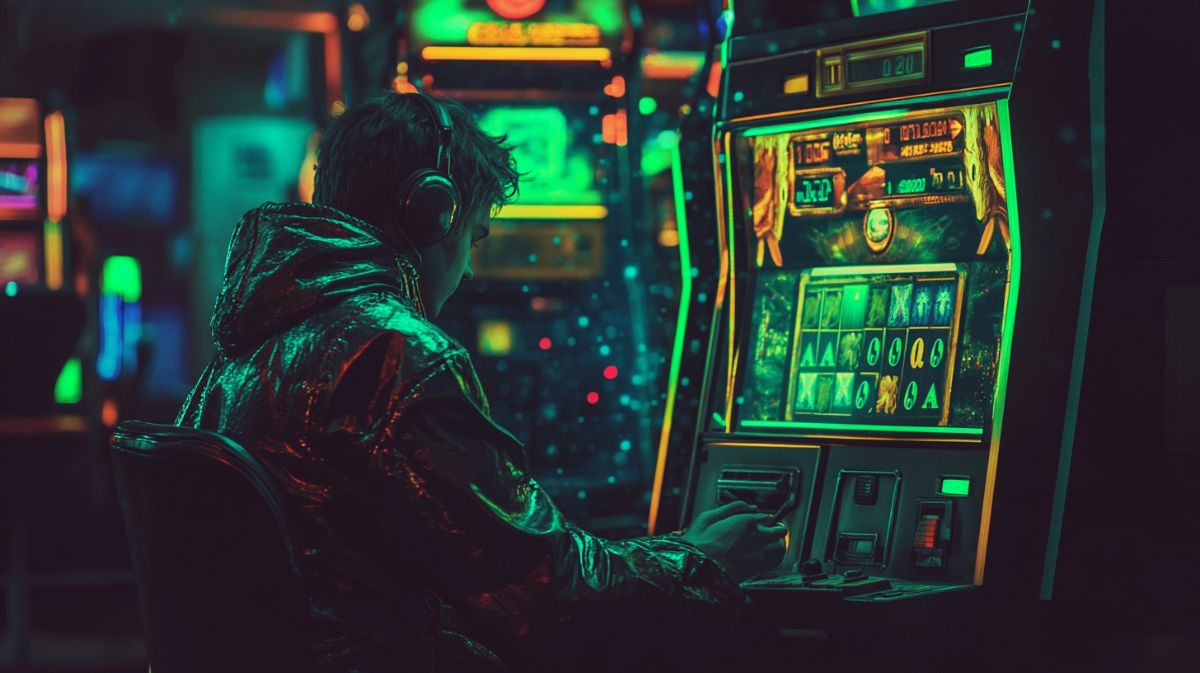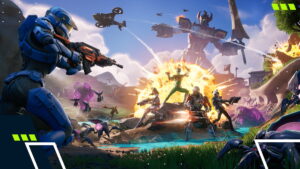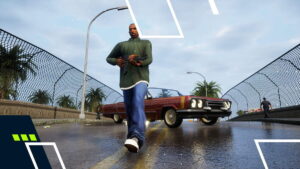How Red Bull became a major player in the world of esports
With the recent news that Red Bull will be the official supplier of the 2019 LEC Spring and Summer Split, it’s time to take a quick look at how this energy drinks brand have become a key player in the esports realm. The Austrian company are well-known for their sponsorship of top traditional sports clubs like FC Red Bull Salzburg, RB Leipzig and New York Red Bulls, but we have seen Red Bull go way beyond just partnering up with football clubs.
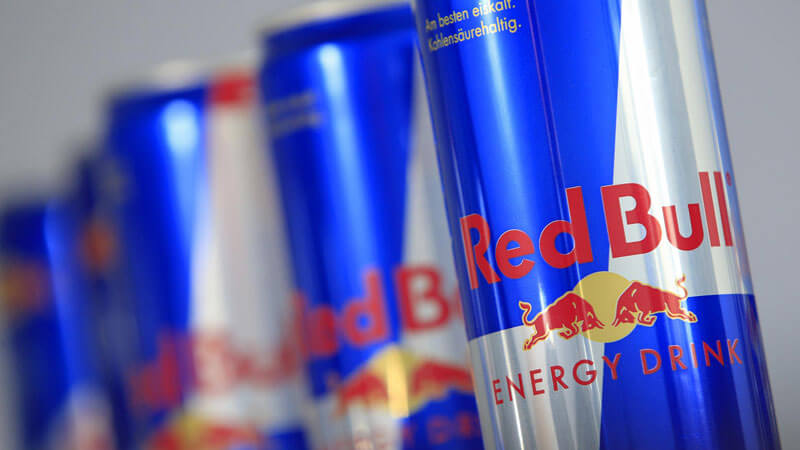
© Red Bull
In the past few years, Red Bull have acquired or sponsored a massive range of esports teams. These have included the likes of OG Dota 2, 100 Thieves and Cloud9, plus they have also sponsored individual players such as the Super Smash Bros Melee star, William ‘Leffen’ Hjelte and the League of Legends ace, Enrique Cedeno ‘xPeke’ Martinez.
But recently, Red Bull have been stepping up their efforts to sponsor entire competitive gaming tournaments ranging from the Red Bull Battle Grounds for Dota 2 and StarCraft 2, to the forthcoming 2019 LEC Spring and Summer Split for League of Legends. This is compounded by the fact that Red Bull will be working with League of Legends’ developers, Riot Games, to work to provide a new wave of grassroots LoL tournaments to encourage aspiring amateur gamers to join the action.
It’s all part of Red Bull’s plan to try and gain brand exposure within the incredibly dynamic world of esports. By sponsoring popular Fortnite players such as Tyler ‘Ninja’ Blevins and the LEC esports organisation, Team Vitality, Red Bull be advertising direct to a core demographic of younger gaming fans who tend to avoid traditional mainstream media forms.
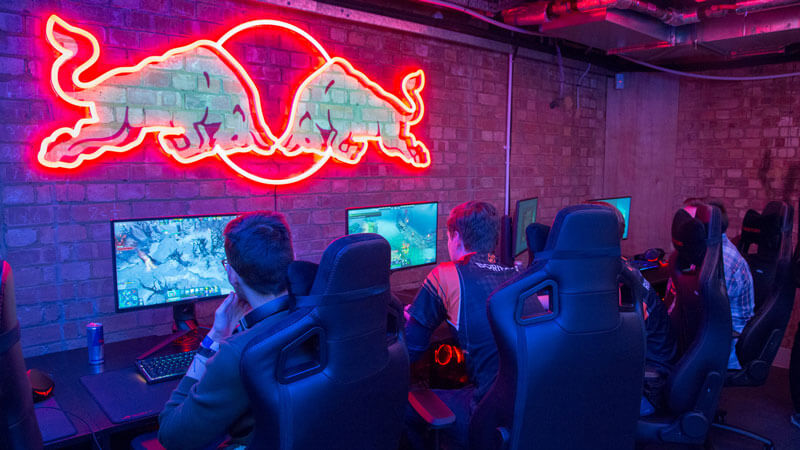
© Red Bull
Red Bull have been an integral part of the growth of esports ever since it first entered the scene way back in 2008. Whilst other industries were initially sceptical about competitive gaming, Red Bull saw the potential of esports and helped organise many of the most popular gaming events. These included the likes of the Red Bull Clash Course and the Red Bull Team Brawl, and the energy brand were careful to ensure that these competitions covered all of the most popular esports at the time like StarCraft 2, Dota 2, Ultra Street Fighter 4, Destiny, Hearthstone and League of Legends.
But Red Bull have also taken the step of providing a lot of original content for esports competitions. From special documentaries about pro gamers like Snake Eyez to their behind-the-scenes footage of OpTic Gaming, it seems that Red Bull have managed to get over 118,000 gamers to subscribe to their Red Bull Gaming channel on YouTube.
Ultimately, Red Bull have managed to connect with gamers in a way that other brands seem to be unable to do. Whilst other companies have made ham-fisted attempts to enter the esports realm, Red Bull have successfully implemented a content marketing plan that makes them an increasingly essential part of the competitive gaming phenomenon.
